Montessori Studio Art Program in Chevy Chase

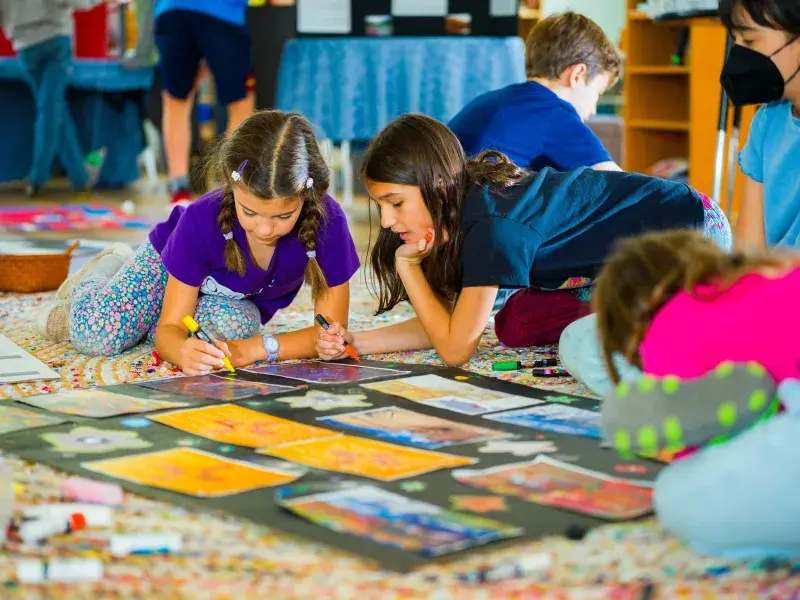 AND SELF EXPRESSION
AND SELF EXPRESSION
The Oneness-Family School studio art program is dedicated to igniting a passion for creativity and self-expression, enabling students to engage in meaningful self-reflection throughout their artistic journey.
- 37 YearsSince Oneness-Family School was founded in 1988.
- 75 CountriesRepresented by our students, families, faculty, and staff.
- 1 FamilyUnited by a belief in courage, compassion and love of learning.
Key Program Components
By diving into various artistic dimensions, students don’t just embrace their creative impulses, but also engage in meaningful self-reflection throughout their artistic journey. We celebrate the multifaceted nature of art, where every brushstroke and color choice opens doors to deeper understanding and personal growth.
In a Montessori art class, lessons integrate art study with other academic subjects, including social studies, language arts, and science. This approach allows students to explore academic concepts through artistic mediums, fostering a multidimensional approach to learning.
Guiding Questions
What is the unique way I see? What biases inform how I see?
Quote: Martin Tamang (’24)
From the moment I stepped into my new classroom, I was met with nothing but warm welcomes and smiles.
Martin shares his 8th-grade graduation speech, given on June 6, 2024.
For the past 7 years of my life, I have been a student at 3 different public schools. There were 25 kids crammed together at desks in one classroom being taught by a single teacher. In 6th grade, there were 7 different subjects that were taught in intervals of 45 minutes with only 5-minute transitions in between each class and a 25-minute lunch break. Every. Day. It was exhausting. I hated school. The noise, the repetitive work, state testing, the mean people, it was all too much for me.
My mother noticed how exhausted I was getting, so she enrolled me at Oneness for 7th and 8th grade. She wanted me to have a new start. At the time, I thought that it was the worst decision she had ever made for me. I didn’t want a new start; change was my worst enemy, and I figured that it wouldn’t make a difference anyway. I thought it would be the same thing in a different place.
But it makes a big difference. From the moment I stepped into my new classroom, I was met with nothing but warm welcomes and smiles. There were two teachers, Pearl and Hannah, for a classroom of just 18 kids, and they were extremely caring and accommodating. They were always there when I needed extra help on an assignment or I didn’t understand math questions. Oneness has not only helped me academically, but it has also helped me build my social skills, efficiency with working with other people, and, most importantly, being who I am. I will carry these lessons with me for the rest of my life.
As I step out of the ambassador classroom as a student one last time, I will forever be grateful for the lessons I learned, the memories I made, and the friends I met and have made along the way. I have been a part of so many beautiful moments and I will cherish these memories forever.
Thank you.
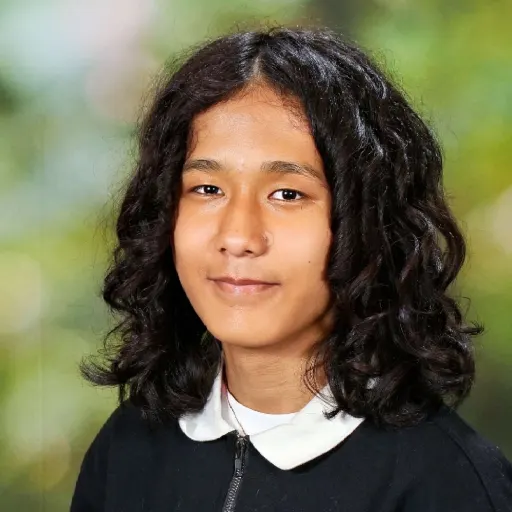
What To Expect At Different Levels
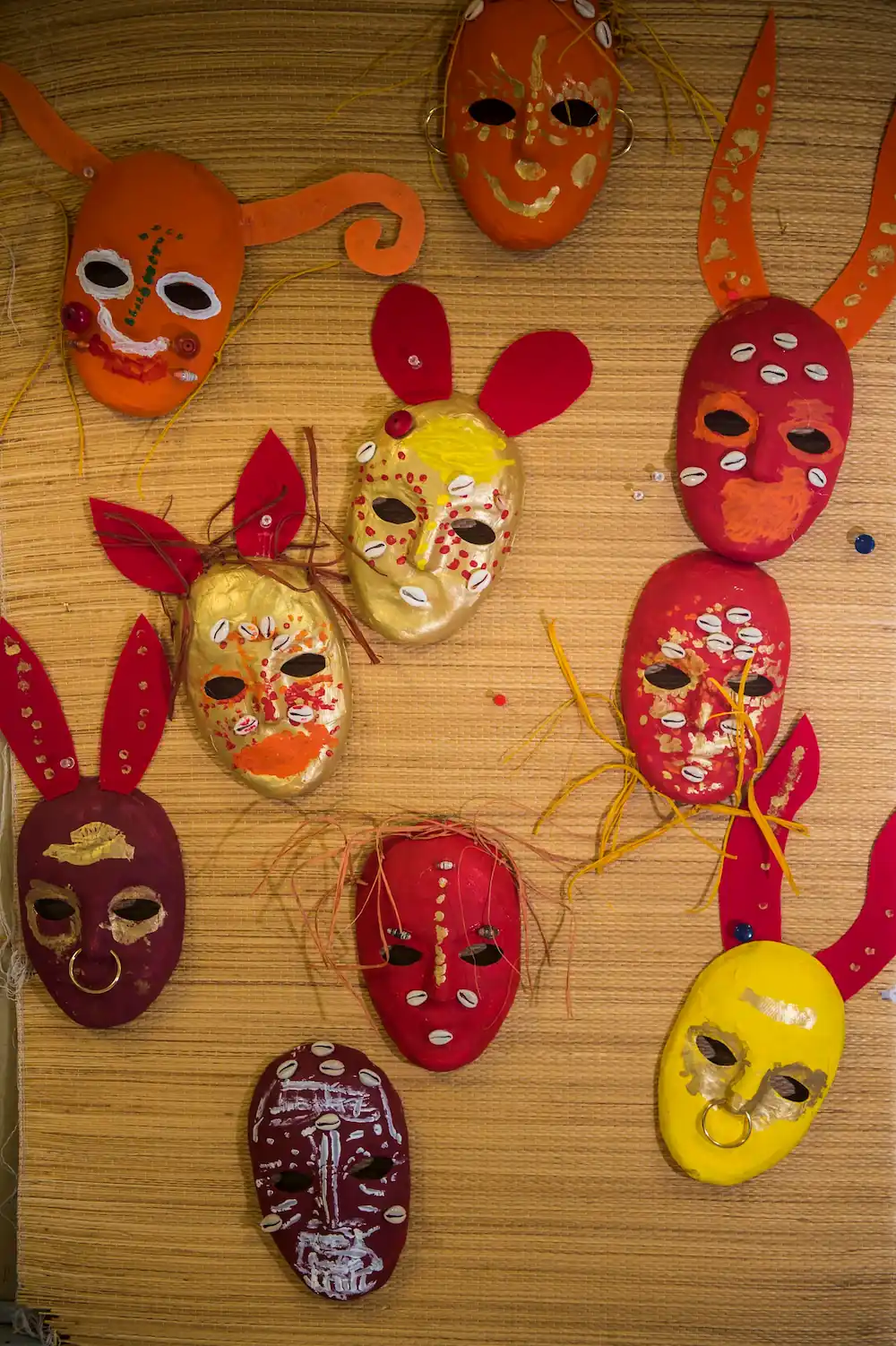
Primary Program
Students aged 3–6 explore foundational art experiences that build confidence, creativity, and self-expression. They learn basic concepts such as shape, line, and color while experimenting with a variety of 2D and 3D materials and techniques. Fine motor skills are strengthened through cutting, gluing, modeling, and painting, and art appreciation is introduced through studying artists and comparing styles—from natural observation to abstract expressionism.
The art program parallels each class’s continent study, which changes yearly. Students explore the art and visual culture of that region, learning about patterns, techniques, and cultural artifacts while expressing their own interpretations and ideas. Every child is encouraged to discover the world through their own art and the art of others.
Project examples include:
- Mixing primary and secondary colors through painting and collage
- Creating self-portraits and storytelling art
- Exploring texture, pattern, and symmetry with mixed media
- Sculpting with clay and modeling dough
- Studying artists like Mondrian and interpreting their styles
- Making regional art inspired by animals and cultures from around the world
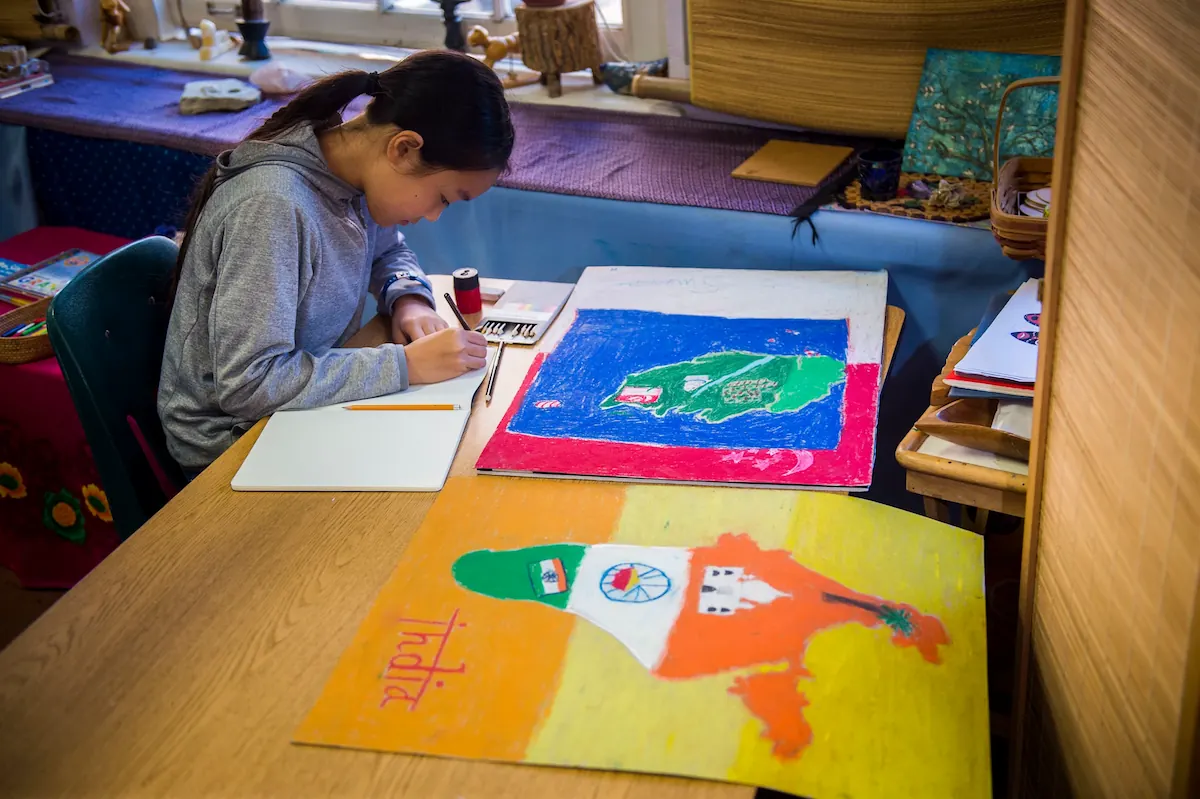
Elementary Program
Students aged 6–9 build upon foundational art concepts as they deepen their understanding of visual language and creative expression. Working with a range of 2D and 3D materials, they expand their technical skills in drawing, painting, printmaking, mixed media, and sculpture. Lessons emphasize confidence and flexibility, encouraging students to take creative risks and articulate their artistic choices and interpretations.
The art program parallels each class’s continent study, focusing on the art and cultural traditions of a specific region each year. Students explore artists and styles from around the world—such as African, Asian, and modern art—learning how art conveys meaning, emotion, and perspective. Every child is encouraged to explore the world through both personal creation and appreciation of others’ work.
Lower Elementary (Grades 1–3):
Students begin lessons in classical approaches to art, applying concepts of drawing, shading, and perspective. They experiment with different mediums—such as watercolor, pastels, and charcoal—to explore how texture and mood can change with each material.
Upper Elementary (Grades 4–5):
Students focus on color theory, learning how saturation and desaturation influence emotion and meaning. By experimenting with hues and color relationships, they develop a deeper understanding of how color impacts visual storytelling and artistic expression.
Project examples include:
- Drawing with pencil and charcoal to explore line, value, and texture
- Painting with warm and cool color schemes and studying color psychology
- Creating self-portraits and abstract sculptures
- Experimenting with printmaking and mixed-media collage
- Practicing pattern, balance, and symmetry through folding, carving, and design
- Studying cultural art forms tied to the continent focus of the year
- Exploring perspective and proportion through single-point drawings and atmospheric effects
Through these experiences, students gain confidence, creativity, and cultural awareness—discovering art as a powerful form of expression and connection.
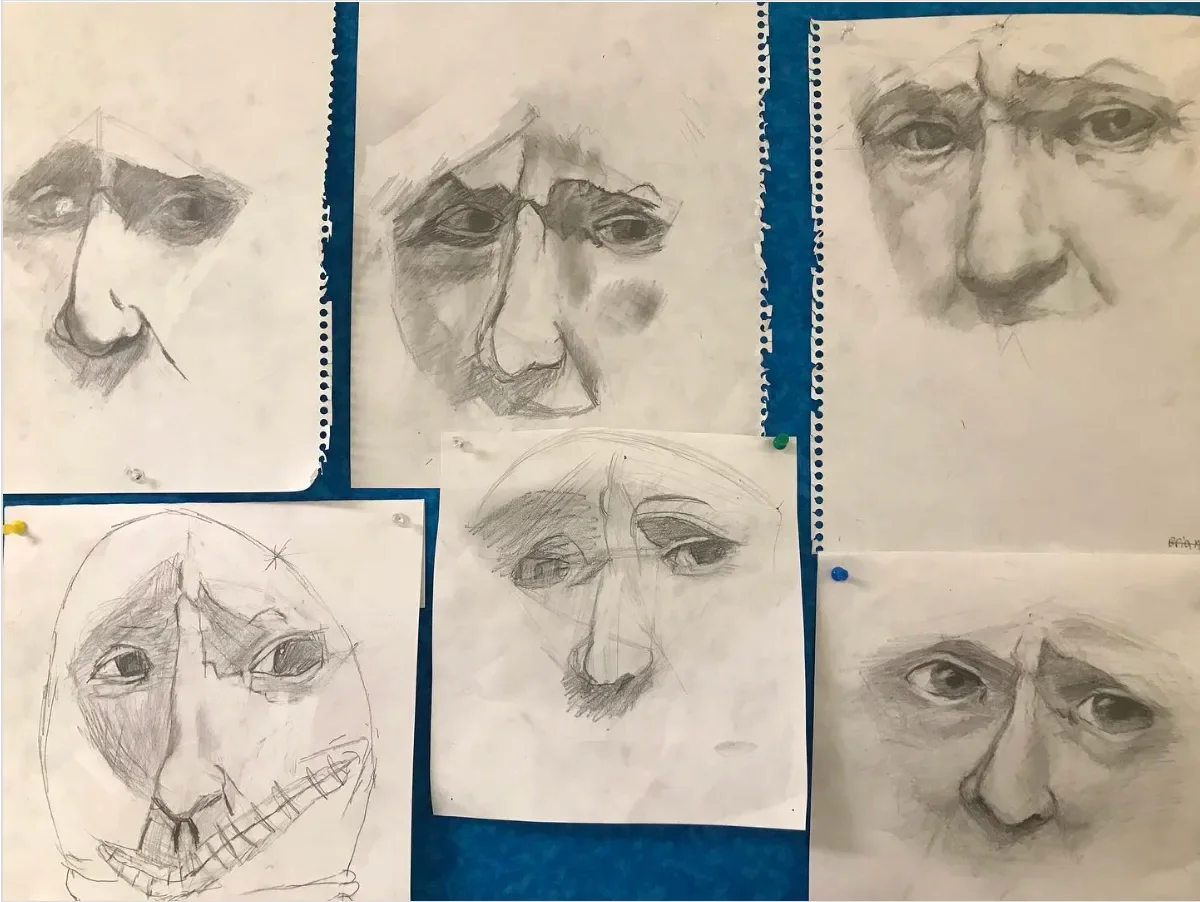
Middle School
Middle school students expand their artistic understanding through advanced exploration of drawing, painting, printmaking, and sculpture. Building on foundational skills, they begin to take control of their own artistic journey, with lessons shaped by the interests of the class. Projects are flexible and may include sculpture, Dadaism, impasto painting, Impressionism, mosaics, cartooning, and manga, among others.
Students handle a variety of materials such as pencils, charcoal, and pastels, exploring pencil hardness, value scales, and shading to create both realistic and expressive works. They study balance, proportion, measurement, and spatial relationships through contour, blind, and observational drawing, as well as single-point and atmospheric perspective.
Printmaking and sculpture introduce hands-on experimentation with stamping, rubbing, stencil, and relief techniques, along with clay, wire, and found objects. Students learn additive and subtractive methods, joining techniques, and the firing process.
Following academic exploration of identity, students focus on portraiture, approaching the face as a topographical landscape and applying their knowledge of sketching, perspective, shading, and color to map and interpret facial features.
Throughout the year, students study art from around the world—including indigenous, classical, and modern works—and artists such as Hokusai, O’Keeffe, Picasso, and Warhol. By connecting artistic techniques to cultural and historical contexts, they discover how art can express emotion, identity, and the human experience.
Project examples include:
- Realistic and expressive drawings using contour, perspective, and shading
- Printmaking projects with layered stamping and relief designs
- Sculptures using clay, wire, and mixed materials
- Mixed-media works inspired by global art traditions and famous artists
- Portraiture focused on identity and facial topography
- Creative explorations in styles like Dadaism, Impressionism, manga, and mosaics
Through these experiences, students strengthen technical skills, creativity, and cultural awareness while developing their own artistic voice.
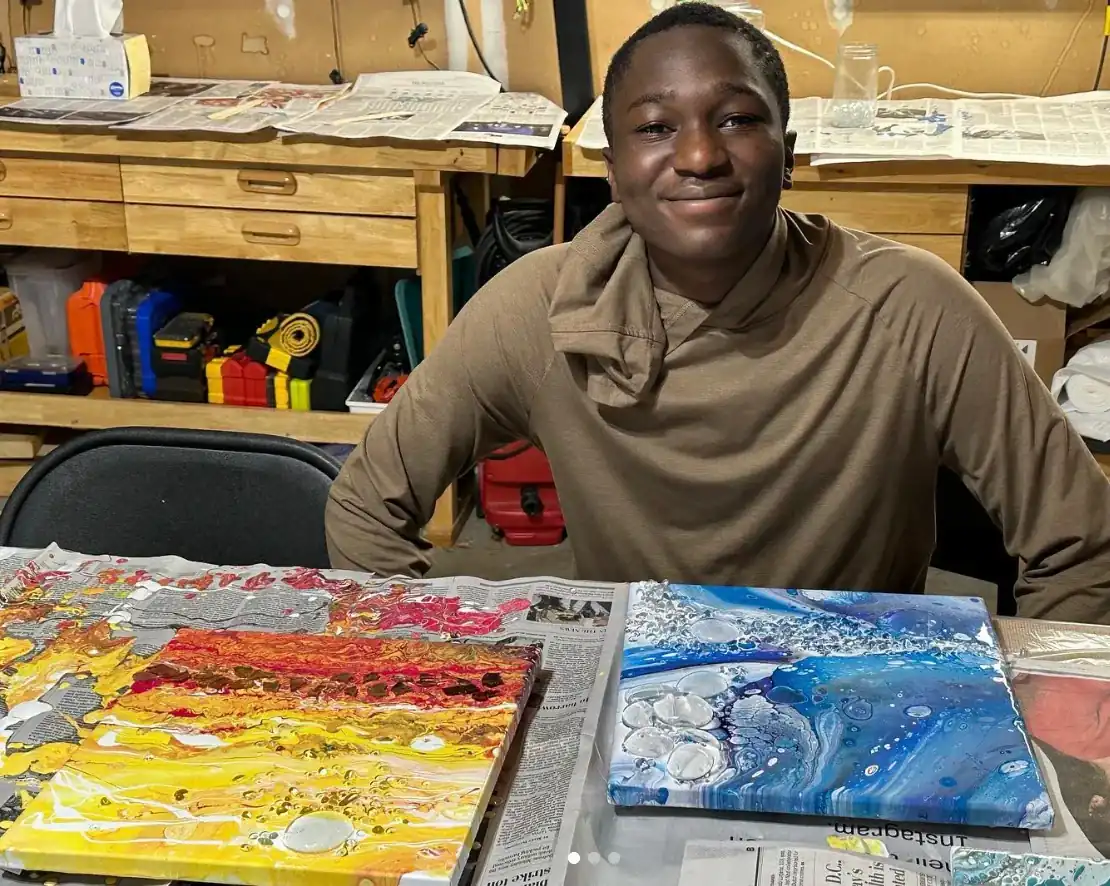
High School
High school students cultivate creativity, self-expression, and critical thinking through a combination of core art instruction and independent projects. They take ownership of their artistic direction, deciding how their creative explorations manifest. Lessons are individualized, ranging from introductory classes in drawing and color theory to advanced independent work.
Program highlights include:
- Advanced drawing, painting, sculpture, and mixed-media projects
- Exploration of composition, perspective, symbolism, and visual storytelling
- Study of global art traditions and contemporary movements
- Independent projects tailored to student interests and skill level
- Previous student projects include:
- Photography
- Roman-style mosaics
- Stop-motion animation
- 3D printing
- Recyclable material sculpture
Through these experiences, students develop technical skill, critical analysis, and aesthetic awareness, becoming confident, independent creators with a lifelong engagement in the arts.